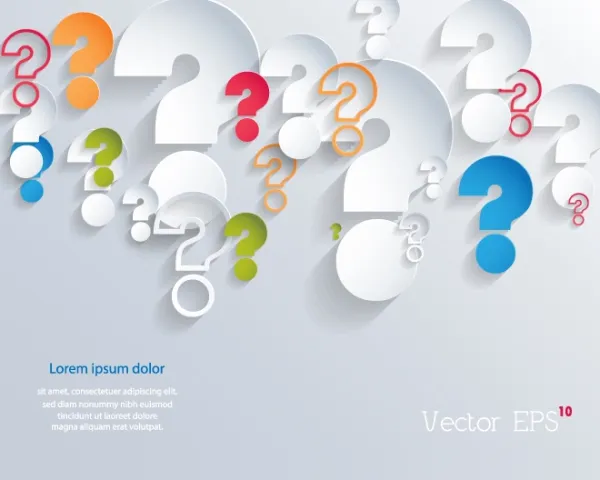5 Ways to Overcome the Challenges of Coding PCL Sprains

Key: Understanding 6th and 7th characters leads to fewer denials. As an overlooked but damaging injury to the knee, you may find yourself making mistakes coding posterior cruciate ligament (PCL) injuries — however, there’s good news. Many of these mistakes are easily avoidable. Here are five simple ways to avoid any denials from auditors. 1. Master the Relevant Codes Because of the high frequency of PCL sprains, a good practice is to familiarize yourself with the relevant codes early on. By doing this, you will be able to quickly recall the codes and avoid mistakes. For PCL sprains, master the following codes: 2. Avoid Unspecified Codes Most likely, you’ve already encountered the plethora of ICD-10-CM’s unspecified codes. For example, look at the following code: S83.529S (Sprain of posterior cruciate ligament of unspecified knee, sequela). Notice that the definition does not specify the ligament’s laterality. ICD-10-CM codes were created to neutralize vagueness so auditors do not have to make assumptions about the code. This goal of specificity reduces kickback from auditors, meaning that when you code for PCL sprains, you only need to code once. The unspecified codes are rarely used. Mostly, unspecified codes are reserved for two scenarios. They are referred to only if a patient is in an early stage of evaluation or the provider is a general physician who cannot accurately identify the source of the injury. In all other cases, you should avoid unspecified codes. 3. Do Not Confuse PCL for ACL Do you sometimes mix up PCL injuries with anterior cruciate ligament (ACL) injuries? You’re not alone. The diagnosis codes share extremely similar language. Closely examine these two comparative codes: The difference between these two codes comes down to one word. PCL stands for posterior cruciate ligament. This ligament is located near the back of the knee, connecting the femur to the tibia. Close by is the ACL, the anterior cruciate ligament. Because both are cruciate ligaments, it is easy to confuse the two. Some hasty coders might jot down the code for the ACL when they meant to record the PCL. Even the code numbers are rather similar. One number separates the correct PCL code from being mixed up with the ACL code. To avoid this confusion, consider these practices. Educate yourself on common orthopedic terms by taking classes or keeping a reference book close at hand. Also, pay attention to your provider’s notes to maintain accuracy. 4. Choose the Correct Code for the Right or Left Knee Laterality is an important aspect to maintain specificity while recording codes. Defining what side of the body the injury is on helps auditors confirm the exactness of a claim. To specify the laterality of an injury, you have to pay attention to the character in a code’s sixth position. Look at the following two codes: Notice that in that the only difference between these two codes is the character in the sixth position. The character ‘1’ identifies the right knee and the character ‘2’ identifies the left knee. Paying close attention to the sixth character can bolster your accuracy and ensure that you won’t get any denials from auditors. 5. Identify the Correct Encounter The encounter is a necessary part of your code. Identified by the seventh character, the encounter describes varying degrees of treatment that affect billing. Below is a review of the three characters that can be used in the seventh position: If your code requires a seventh character, your ICD-10-CM guidebook will note that this character is needed.




